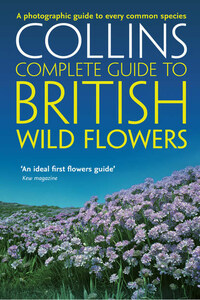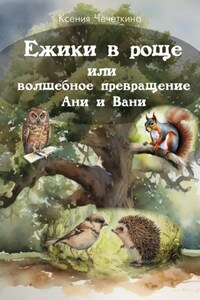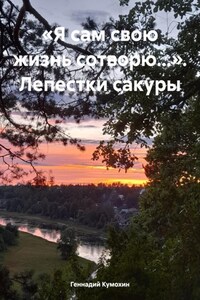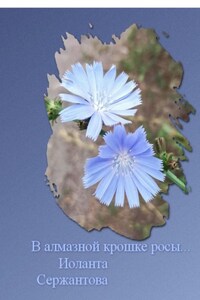Collins Complete Guide to British Trees: A Photographic Guide to every common species
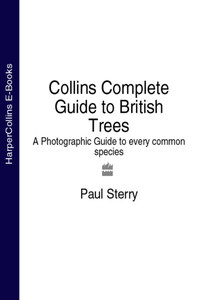
An essential guide to every species of tree found in the British Isles – outside of arboretumsThis easy-to-use guide covers the 360 species of tree that are found in Britain & Ireland. Each species is covered in detail with information on how to identify, whether from a leaf, twig, bark or whole tree, plus extra information on where the tree grows (including a map), how high they grow, what uses it is put to and history.Every species is also comprehensively illustrated with photographs of every useful feature – bark, leaf, seed, flower, twig and whole tree.Sample identification section:Silver Birch Betula pendula (Betulaceae) height to 26mA slender, fast-growing deciduous tree with a narrow, tapering crown when young and growing vigorously. Older trees acquire a weeping habit, especially if growing in an open, uncrowded situation.
